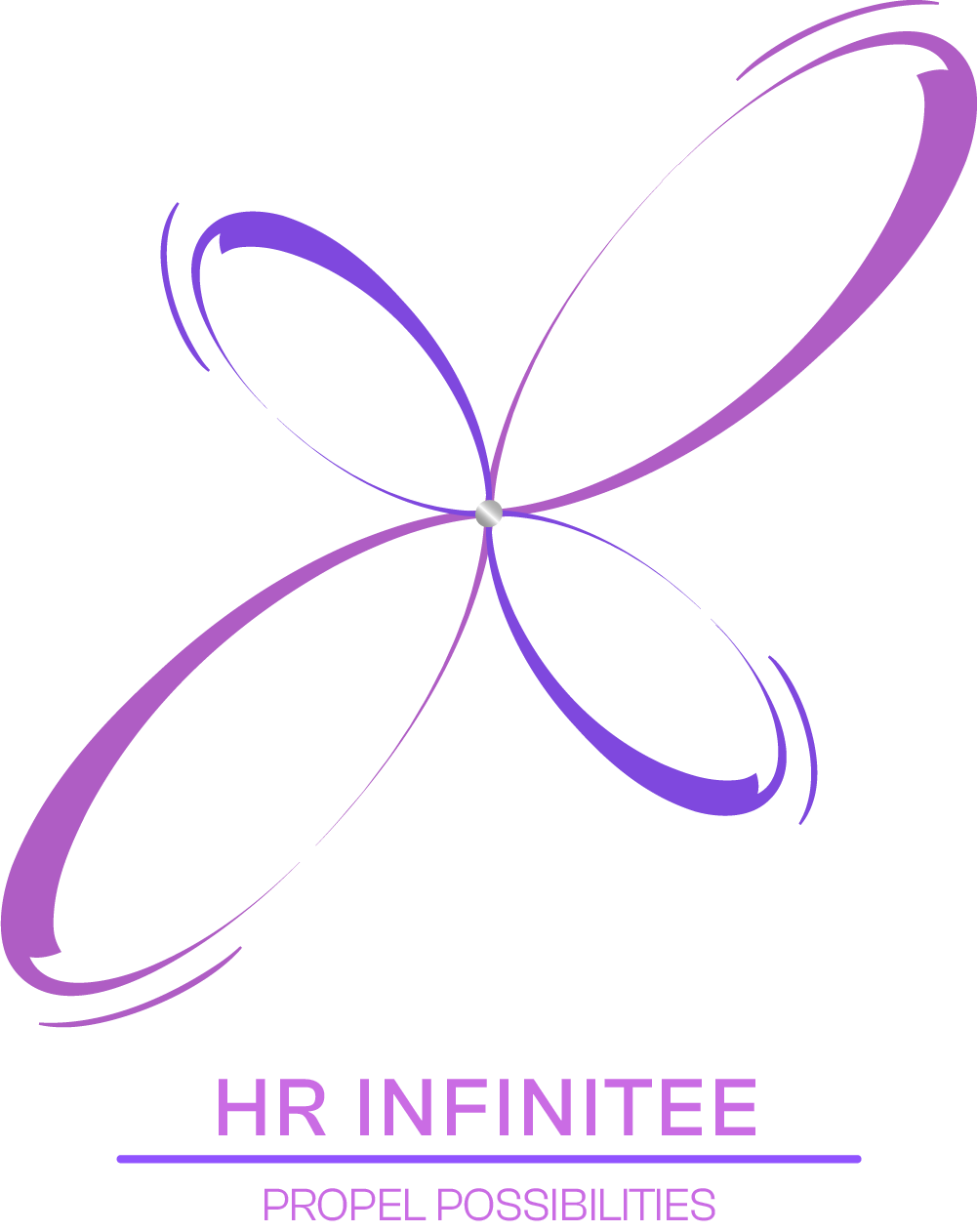Team Journey from Conflicting to Supporting – One Team, One Approach
Background
The team was operating in the storming phase of Tuckman’s model — in this stage, there were unspoken frustrations, fractured collaboration, and a sense of shared ownership was lacking. Conversations lacked safety, and accountability was fragmented, with the group spending more energy managing immediate issues than moving forward constructively.
The intention behind this facilitation service for the leadership team was to support the group in moving toward a more aligned state of collaboration, i.e., the norming stage, where trust, cohesion, and clarity of purpose could lead to higher team effectiveness.
Our Customized Facilitation Approach
Drawing on models of team development and behavioral alignment, the intervention was designed as a space for thoughtful dialogue, personal reflection, and group exploration.
Frameworks and Tools Applied:
- Tuckman’s Team Development Model (Storming → Norming)
- Above & Below the Line Behavioural Model
- Circle of Influence (Stephen Covey)
- Expectation-Commitment Exchange Framework
- WIIFM (What’s In It for Me) alignment plan
Desired Objectives
- Create a space where team members could express themselves without fear of judgment.
- Support interpersonal understanding beyond formal roles and titles.
- Help the group identify collective strengths and shared goals.
- Align on a working philosophy of “One Team, One Approach.”
- Shift focus from recurring problems to potential solutions.
- Improve awareness of the team’s influence on overall business goals.
- Reinforce mutual respect and active listening across hierarchies.
- Clarify expectations and establish shared commitments.
What did the Team Created Together?
- A more open environment where expression felt safer and more inclusive.
- Improved interpersonal connection and cross-functional trust.
- A clearer understanding of each other’s intent and working styles.
- Mutual appreciation became more visible in everyday interaction
- A compelling, co-authored approach to how the team would work together moving forward.
- Shared parameters of success for both the project and the team dynamic.
Reflective Thought
This facilitation wasn’t about changing people—it was about creating the space for the team to reconnect with shared intent. The shift didn’t come from directives, but from dialogue. And as alignment emerged, so did clarity. At HR Infinitee, we believe performance doesn’t rise from pressure alone — it rises when people feel seen, valued, and connected to a shared direction.
- Sector:
- Large cross-functional business team
- Engagement Level:
- Cross-hierarchical (Project team, Business Heads, Functional Leads)
- Service Availed:
- Group Process Facilitation
- Challenge:
- Functional silos, misalignment, and a reactive approach to problem-solving were affecting overall team cohesion and progress.
